My name is Kimi and I’m an adult female green sea turtle. We are a migratory species and start our travels soon after birth.
Editor’s note
The first half of this story is told from the perspective of a turtle tracked in the South China Sea. The second half is an analysis of the government's turtle conservation plan.
As hatchlings we are carried thousands of kilometres on the ocean currents. As adults we suffer numerous hardships on our way back to the beaches where we are born, which is also where we breed, before returning again to the ocean. We are always on the move.
Journey’s start: Sanya, Hainan
One day, while swimming, I was caught in a net and hauled onshore. I was terrified. Would I be sold for parts on the black markets of Hainan or Guangxi provinces, a fate that many other sea turtles have suffered?
Fortunately, I was rescued by the Chinese fishery authorities. Some months later, when I was fit and well, researchers measured my vital statistics in preparation for my release: my carapace was 63 centimetres long and 54 centimetres wide; my weight was 24.4 kilograms. On May 23, 2018 (World Turtle Day), I was released with other turtles into the waters off Sanya, a city on the Chinese island of Hainan.
Together with four other turtles, I was fitted with a tag. As the scientists glued it onto my back they said it would send a signal to a satellite every time I surfaced for breath. The data would be used to create a map of my journey. Because we sea turtles return to our place of birth to breed, it’s likely my children will follow that same route in the future.
If policy-makers know where turtles are most active, they can target conservation policies better and reduce hazards on our migratory routes.
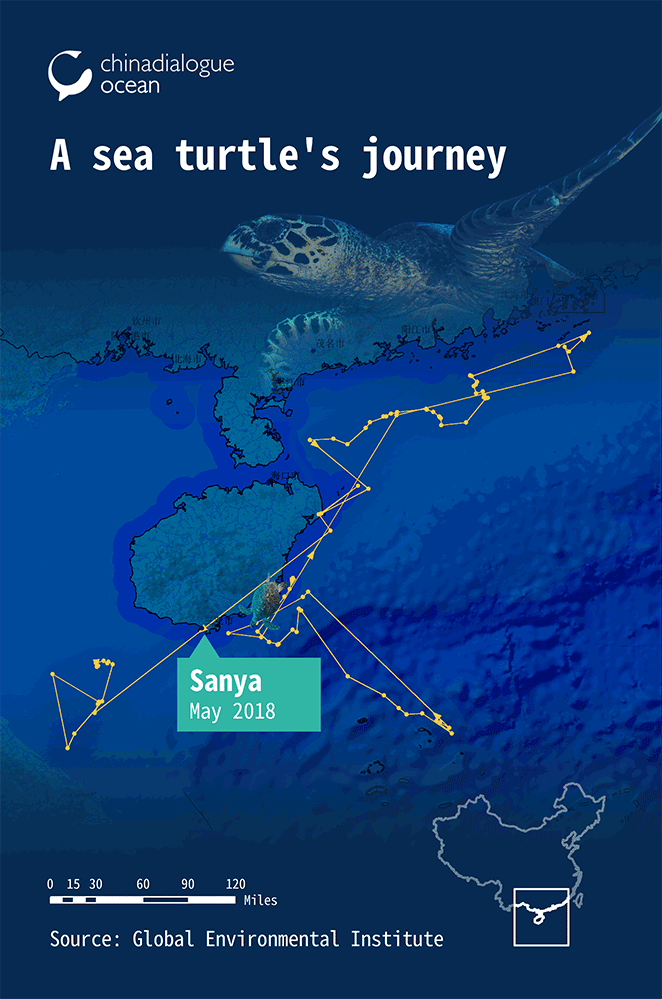
Qilianyu in the Paracel Islands
My first stop after release was Qilianyu, in the Amphitrite group of the Paracel Islands. Qilianyu is Chinese for “seven connected islands” – each is a similar size and ringed by white beaches. Those beaches are crucial nesting grounds for us, especially on North Island.
Local fishermen would once dig up our eggs, incubate them, and sell the baby turtles to pet markets or aquariums. The trade in sea turtles is a risk for adults too: there is a market for our meat and shells.
It was mid-June when I arrived, which is nesting season for us. Many of the female turtles laid eggs in the sand while employees of the local government kept an eye on us. They’ve monitored over 90 nests here on North Island for the past three years.
The island chief, along with a North Island villager and a village official were stationed there to patrol the beach.
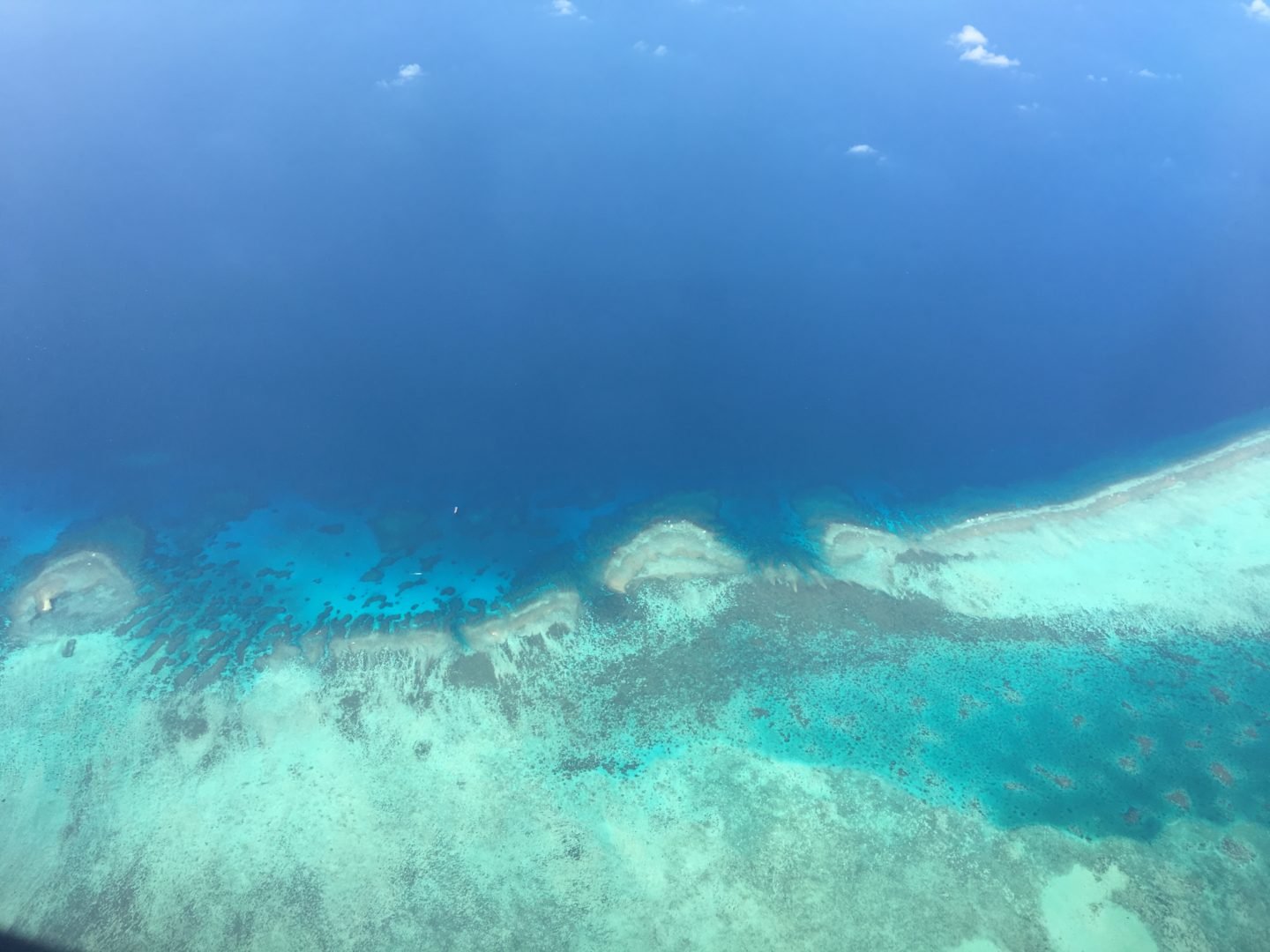
Huidong Reserve, Guangdong
In September I swam and drifted to Guangdong province, to a spot near the Huidong National Sea Turtle Reserve. The seabed here is flat and there’s plenty of food, so it’s a great place to crawl up onto the beach to lay eggs. In fact, it is one of the last remaining hatching grounds for sea turtles on China’s 18,000 kilometre coastline. Human activity and development have ruined the beach so we’re less keen on it now. In fact, only two or three turtles a year lay eggs here.
And another thing: we hate the light pollution. We’re very sensitive to light when we’re laying eggs. It confuses our sense of direction. And it’s not just here in Huidong. We’re active on China’s eastern and south-eastern coasts too, but these are developed areas with lots of light pollution. It is a real problem.
Penghu Islands
I decided not to go east from here this time because a lot of sea turtles disappear in the Taiwan Strait and the seas to the east of Taiwan, particularly near the Penghu Islands. The intensive fishing activity there makes it very dangerous for turtles.
Over-fishing has also depleted fishery resources so we struggle to find food. And we get injured in collisions with vessels like fishing boats and speedboats.
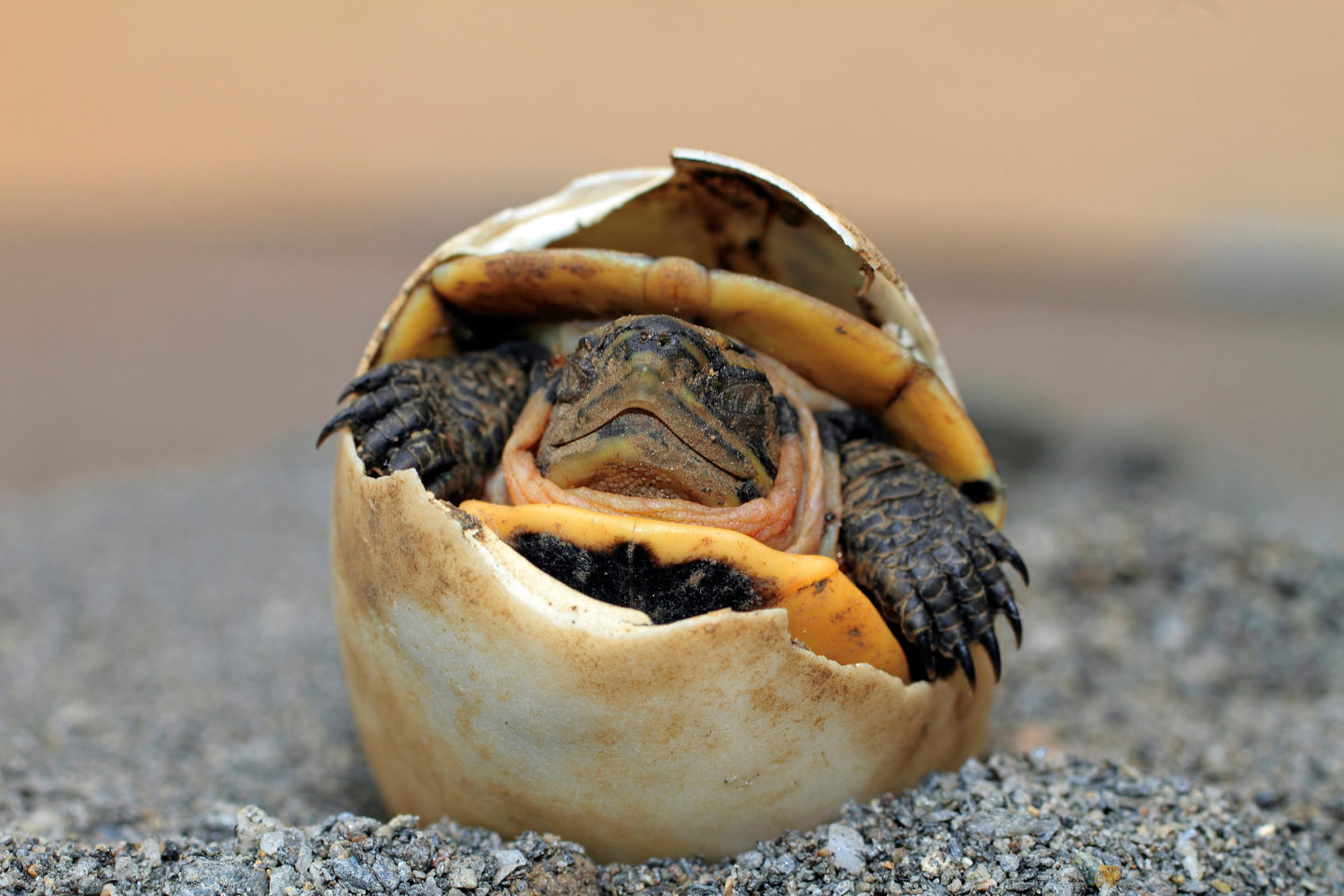
The plight of sea turtles
Sea turtles aren’t just the marine world’s largest reptile. They are one of the oldest surviving forms of life, having lived alongside the dinosaurs. Sea turtles return to the ocean on hatching, and spend their entire lives at sea, except when female turtles come on land to lay eggs. But they are often active in areas of human activity and so face various hazards.
Globally, important habitats such as nesting grounds are being lost and sources of food are shrinking. Turtles are trapped and killed to be traded illegally, inadvertently caught in fishing nets, and at risk from marine litter and pollution.
Meanwhile, climate change is causing huge changes to the environment sea turtles live in: temperature rises are melting glaciers and other forms of ice, causing sea levels to rise and shrinking the beaches sea turtles nest on. Temperature rises are changing the ratio between males and females: when eggs are buried in sand with an average temperature warmer than 29.3C the majority of hatchlings are female.
Turtle 34474, also known as Kimi, was one of five sea turtles tracked by the China Sea Turtle Conservation Alliance. In addition, researchers with Beijing-based Global Environmental Institute (GEI) summarised data on 70 tagged sea turtles and developed a report titled “China’s Sea Turtles Status and Conservation Advice”. This provides turtle conservationists with information on where the creatures are most active, helping managers understand the challenges and identify solutions, as well as supporting planning for sea turtle conservation at the national level.
GEI is also working with the local government at Qilianyu, training local fishermen and residents to work in ecotourism, rather than the fishing sector. In 2018, diving courses began to be provided.
“The local fishermen are very enthusiastic. After all, ecotourism can mean good incomes,” said Wang Jing, GEI’s marine conservation programme manager, speaking to chinadialogue. She thinks sustainable conservation of sea turtles and the marine environment as a whole will require working with fishing communities to improve fishing behaviour and reduce by-catch of turtles. The aim is to help coastal communities develop in an environmentally friendly way.
China’s plan to save turtles
In January, the Chinese government published its Sea Turtle Conservation Action Plan (2019-2033), designed to tackle the systemic challenges facing turtle conservation and provide state-level policy guidance. Similar action plans have been produced in the past for other animals, including the humpbacked dolphin, the Chinese sturgeon and the Yunnan-snub nosed monkey, which are all protected under the Convention on International Trade in Endangered Species.
The plan sets both short- and long-term goals covering the next 15 years. These include understanding the distribution of wild and farmed turtle populations; establishing norms and standards for artificial breeding, conservation and display of turtles; improving conservation and monitoring of turtles; and establishing new reserves in important turtle habitats.
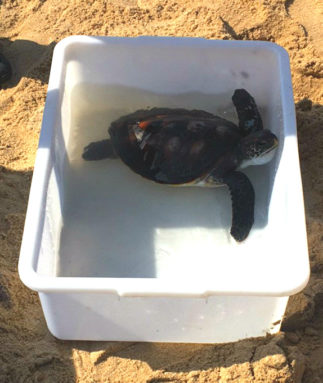
Fishing activity is the biggest threat. The action plan’s proposed solution is to improve fishing techniques and use measures such as closed seasons to ensure turtle migratory routes are open and reduce the impact of fishing on turtle migration and nesting.
There will also be stronger regulation of fishing gear. Illegal gear, such as small mesh nets, will be confiscated, and the development of new nets that allow turtles to escape will be trialled in areas where the reptiles often end up as by-catch. Innovative nets could allow large turtles to escape, without reducing the catch of target fish species.
Xian Xianheng, an engineer in Guangzhou, says the plan’s 18 key actions, such as cracking down on the illegal trade in sea turtles and strengthening protection of habitats, should have clear timetables or responsible bodies, otherwise implementation will be affected.
Chen Min, a key member of the drafting team and a professor at East China Normal University’s School of Life Sciences, said conservation of sea turtles is a long-term and comprehensive undertaking, requiring participation from both the public and various government departments.
Only through cooperation between government departments, mobilisation of research bodies and NGOs, and the participation of the media and local fishermen can the sea turtle be protected.
The action plan, a guiding document, gives full consideration to the difficulties and timescales of implementation, covering 15 years and setting short-term (10 year) and mid- to long-term (15 year) goals, with more detailed arrangements to be set out in follow-up documents.

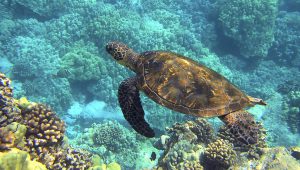
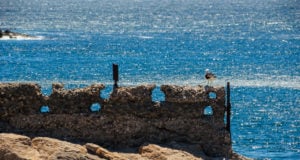
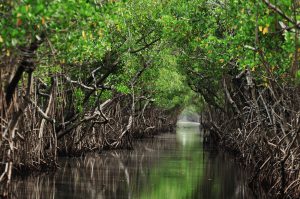
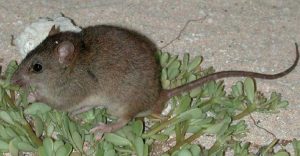

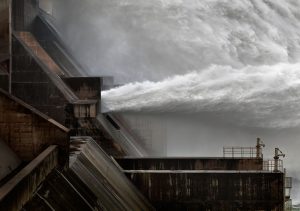

![Two fishermen on the Brahmaputra, a river that winds through four countries [image by: Sumit Vij]](https://dialogue.earth/content/uploads/2018/04/Brahmaputra-300x200.jpg)